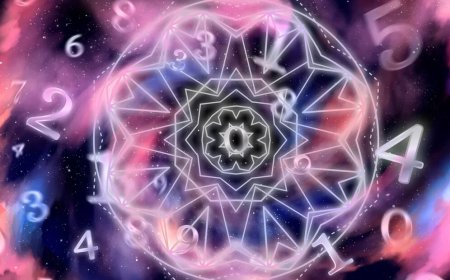High-Energy Neutrino Find By Scientists To Reshape Cosmic Knowledge

Join our WhatsApp Community to receive travel deals, free stays, and special offers!
- Join Now -
Join our WhatsApp Community to receive travel deals, free stays, and special offers!
- Join Now -
Scientists have managed to detect an ultra-high-energy neutrino, or 'ghost particle', that can change the way astrophysicists view the world. Using data from the Cubic Kilometre Neutrino Telescope, also known as the KM3NeT, located in the depth of the Mediterranean Sea, the researchers at the Khalifa University in Abu Dhabi, identified the neutrino -- packing 30 times more energy than any other detected so far.
The detection of the ultra-high-energy neutrino, one of only a few hundred identified, was revealed this month in the journal Nature.
"This is the first time that we've measured the highest-energy neutrino and the energy we're talking about is in terms of 100 million billion times the energy of visible light," Dr Satyendra Thoudam, assistant professor at the Department of Physics at Khalifa, who was involved with the telescope project was quoted as saying by The National.
Neutrinos are born during extreme cosmic events such as supernova or black hole collisions. They have non-zero mass and lack any charge which explains the ghostly nickname.
Neutrinos can travel through space at a speed similar to that of light and because of their parameters, they hardly interact with anything they come across. In fact, even if you were a human-sized neutrino detector, it would take around a century for the particle to forge some sort of interaction with your body.
Also Read | US Releases First Official Picture Of Secretive X-37B Space Plane In Orbit
As per the researchers, neutrinos can be used to study the distant universes and the cosmic events that take place in astrophysical objects, albeit in a new way.
"This has actually opened a new window on the universe. At the same time, it's [also] opened a new window to study the energy of the ultra-high-energy rays and their propagation in the universe, which is one of the most fundamental problems in astrophysics," added Dr Thoudam.
What's Your Reaction?
 Like
0
Like
0
 Dislike
0
Dislike
0
 Love
0
Love
0
 Funny
0
Funny
0
 Angry
0
Angry
0
 Sad
0
Sad
0
 Wow
0
Wow
0







































![Today's hottest deals - Kinsley Iron Blue Desk Pot at just Rs.49 [MRP ₹299]](https://savefree.in/uploads/images/202504/image_870x580_680c89dae6fdb.webp?#)















